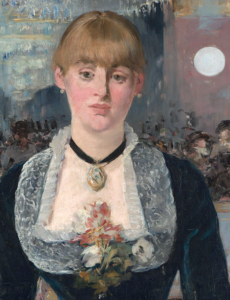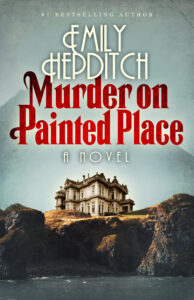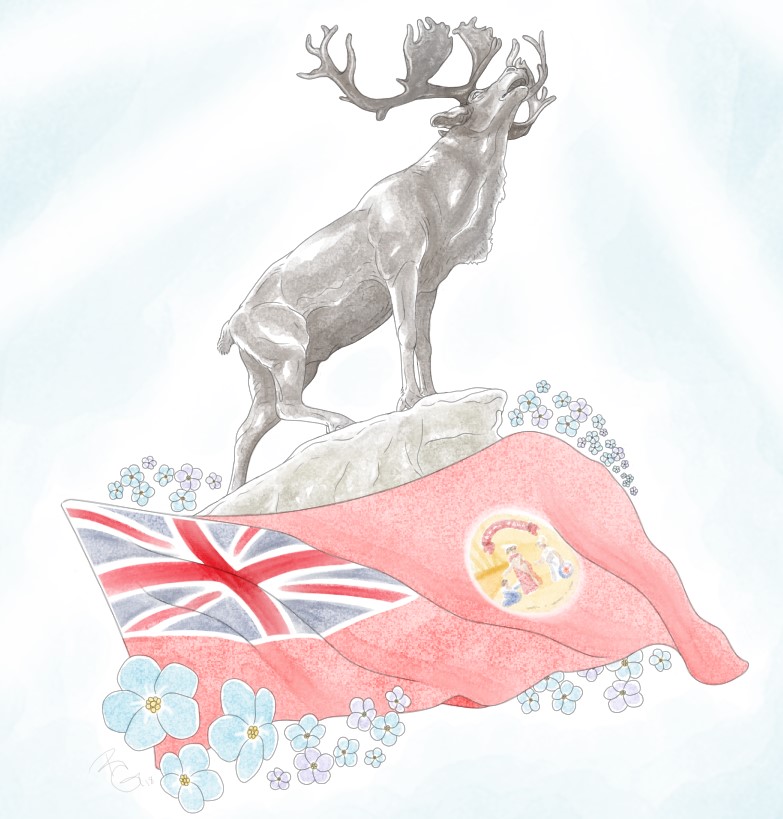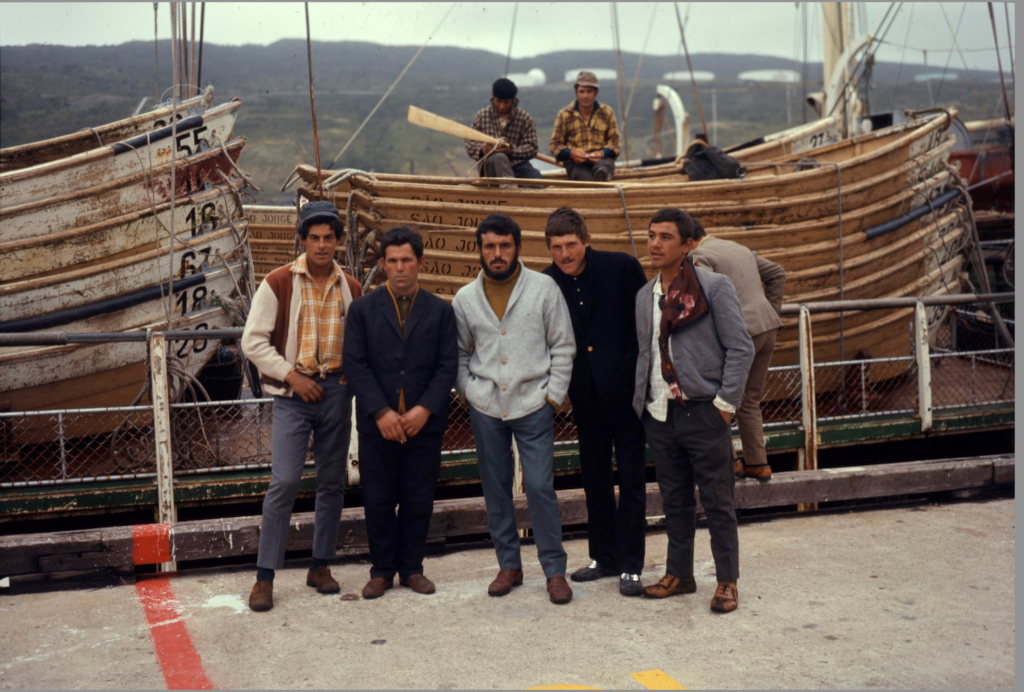“Plotting a story is one of the most exciting activities in the world for me”: Emily Hepditch’s third novel is murder
December 2024
Murder on Painted Place has such a classic set-up – a group of strangers invited by mysterious letters to a remote island for a weekend, where things of course quickly go awry. In the past you’ve written about a strange presence in an attic, and a group of friends embarking on an overambitious wilderness trip. What writers do you read for inspiration? What suspenseful/Gothic situation are you hoping to tackle next?
It’s always hard to pick favourites, but the best gothic book I’ve ever read is Rebecca by Daphne du Maurier. My copy is practically yellow from all my highlights and annotations. I have a weakness for gothic classics like Shirley Jackson and Edgar Allen Poe–my cat is actually named Nellie after Eleanor from The Haunting of Hill House. I also love Agatha Christie mysteries, of course; she was one of my main inspirations for the story. As for what’s next, I’ve given it some thought, but haven’t decided for certain; we’ll have to wait and see!
Was there a particular artist who inspired your conception of Arthur Cherrywood and his paintings? What about his fantastic, isolated house?
Yes, there was! My favourite painting of all times is A Bar at the Folies-Bergère by Édouard Manet. I actually got to see it in person this past March while visiting London with friends (a dream come true). That painting–and most importantly the mystery behind what it means–has lingered in my mind since I saw it for the first time. The expression on the subject’s face has been debated for over a century, and it heavily inspired Arthur Cherrywood’s portraits. In creating Painted Place, I channeled some of the most memorable estates from stories I’ve read – Manderly, Hill House, and Three Gables to name a few.

How do you keep track of the plot, who was where when? Do you ever get mixed up?
The plot for Painted Place proved to be an exceptional challenge, partially thanks to my busy school schedule for the last three years! I changed the sequence of events so many times from the start to the end of the writing process – and I believe my own changes were the hardest things to keep track of. Normally when I write, I keep a dedicated journal for the book, where I outline characters, backstories, settings, and plot ideas. But honestly, once I’ve committed to the story I want to tell, I don’t have too hard a time keeping everything straight in my mind. Plotting a story is one of the most exciting activities in the world for me, and so as I develop the book, each plot point tends to cement itself in my mind.
How do you keep such a scenario (bunch of disparate people coming together who all somehow have possible nefarious motives) believable?
For Painted Place, I gave myself permission to deviate from the believable to an extent. We have all had an exceptionally challenging few years, and reading mysteries was ironically one of the ways I found temporary escape from all the noise. Sometimes it’s okay to suspend your disbelief, because you simply want a rest from reality. With that in mind, I decided to lean into the genre, pulling from its tropes which have become so recognizable. My priority was to balance leaning into the tropes while trying to keep the novel original. And sometimes that meant letting my characters become a little over the top! The key seems to be having them navigate common struggles we all share, so that even when you’re reading about someone utterly ridiculous, there is still something to relate to.

When you start the story do you know how it ends? Are there twists that surprise even you?
I have definitely been surprised in the past. However, Painted Place was quite deliberate, because I needed all the threads to connect for the plot to work. One thing I will say is that this book is full of surprises for others. One of my favourite things to do is to plant little easter eggs for my friends and family to find when they read the book. For example, Arthur is my Grampy’s name! So while I wasn’t surprised this time, I think some people close to me definitely were.
Murder on Painted Place is published by Flanker Press.
Images: author photo courtesy Flanker Press; A Bar at the Folies-Bergère (detail); cover image courtesy Flanker Press.



